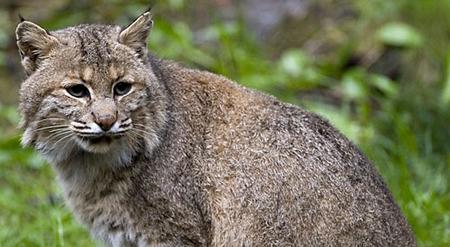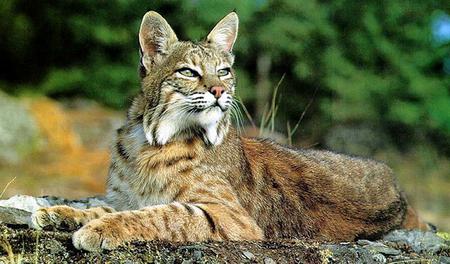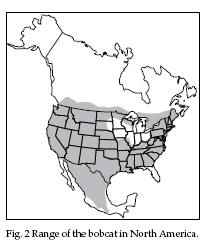
Damage by bobcats is rather uncommon and statistics related to this damage are not well developed. It’s very difficult to determine from what has and has not been killed by bobcats. In western states where data have been obtained, losses of sheep and goats have comprised less than 10% of all predation losses, so bobcats took only a small percentage of predator-killed livestock. Typical complaints of bobcat predation involve house cats and poultry allowed to roam at will in mountain subdivisions and ranches.
Bobcats are taken by trappers and by hunters using hounds and snares. The pelts are used for coats, trim, and accessories, the spotted belly fur being most valuable. Bobcat pelts are used for wall decorations and rugs. In recent years, North American bobcat harvests have produced about 25,000 pelts valued at $2.5 million annually. Aesthetically, the bobcat is a highly regarded carnivore and their pelts bring good money in fur trade. To others, the bobcat represents the essence of wildness in any habitat it occupies.

